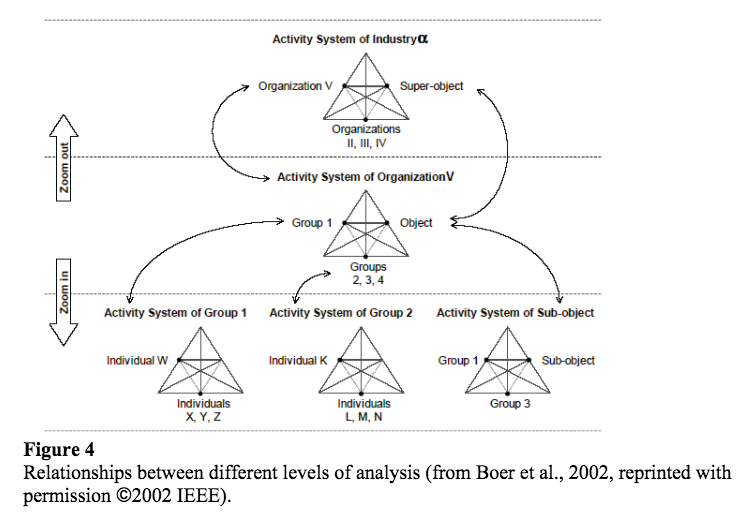The Phases Should Reflect Social Rather Than Objective Time Giddens (I 987), although not the first, makes an important theoretical distinction between social and objective time. Giddens defines clock time as the use of quantified units. Clock time represents "day-to-day" structured activities. Typically, studies refer to disaster phases with hours, days, weeks, or years. Social time, however, is contingent upon the needs or opportunities of a society.
Cites Giddens here to describe differences between social time (sturcturation) and clock time.
